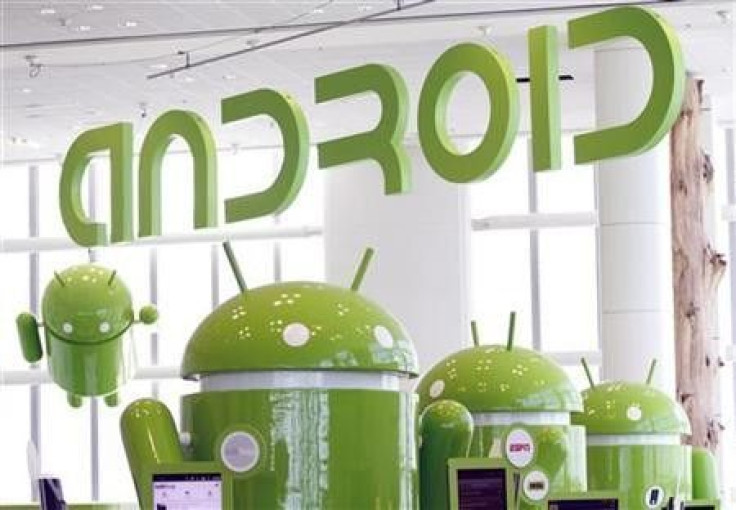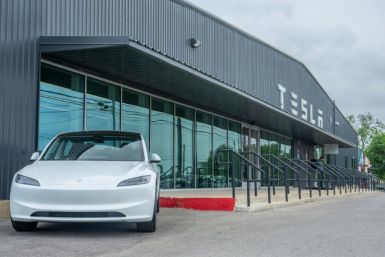Find Out How To Use Android Apps On Your PC

Android is a highly popular mobile operating system platform that comes with umpteen numbers of apps on Google Play Store and third-party app stores. Android apps are primarily used on smartphones and tablets that are running on Android OS.
There are many users who wish to use the Android apps on their PC. According to Extreme Tech, there are some options users may try in order to use Android apps on desktops and laptops.
Android Emulator
One of the quickest methods to run Android apps on a desktop PC is to make use of Android emulator made available by Google. First of all, users are required to download the SDK package. Next, users are required to download the latest version of Android using the Manager Program.
Users are required to create virtual devices through AVD Manager. Once the virtual device is booted, users can install the desired Android apps. The Google Play Store is not available for downloading and installing apps. Users are required to add the APK files in the SDK directory’s tools folder to install them. The Android Emulator is a good platform for testing a newly developed application.
PC Ports For Android Apps
This technique is not easy and requires users to install a modified version of Android on PC. Along with Android ports like Android On Intel Architecture and Android x86 Project, users are also required to have respective supported devices like Dell XPS 12 and Lenovo ThinkPad x61 Tablet
Even though it can be installed over Windows, ideally it is recommended to install on it a separate hard drive partition. It does not support Google Play integration. BlueStacks App Player
It takes minimal effort for running apps on a PC by using the BlueStacks App Player. The app runs a customized version of Android and it comes with support for in-built Play Store. It launches in a desktop window and works like an Android device interface.
Since it supports Google Play Store, users can directly install the apps from the store instead of sideloading the desired apps. If the PC supports a touch screen, it will function like an Android tablet. Since the Android apps are launched and run above Windows on BlueStacks, it is dubbed as ‘Layercake.’
To report problems or leave feedback about this article, email: a.sivanandan@ibtimes.com.au






